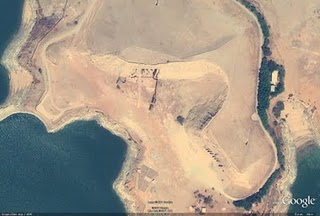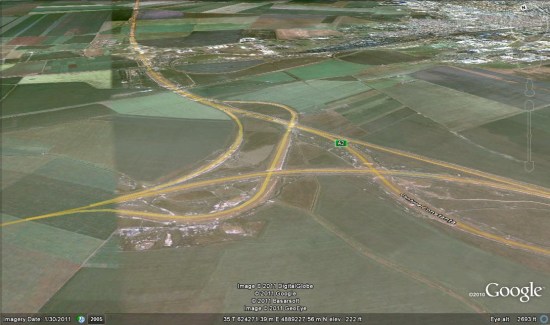Updated areas of Japan include Ishinomaki, Minamisanriku, Hitachi, Kamisu, and Chiba.
Also included in this update are images from around the globe. Below are a few of my favorite sights.
Do you have a place you love that you’d want to receive notification from us when the Earth and Maps Imagery team updates your beloved site? We’ve got just the tool: the Follow Your World application!
As always, these are but a few examples of the types of features that can be seen and discovered in our latest batch of published imagery. Happy exploring!
High resolution aerial updates:
USA: Sacramento, CA; Columbus, GA
Japan: Ishinomaki, Onagawa, Minamisanriku, Hitachi, Kamisu, Chiba
Countries/Regions receiving high resolution satellite updates:
Canada, USA, Greenland, Mexico, Honduras, Haiti, Dominican Republic, Brazil, Ireland, United Kingdom, Sweden, Finland, Russia, Germany, France, Spain, Portugal, Italy, Switzerland, Austria, Hungary, Romania, Ukraine, Albania, Greece, Turkey, Morocco, Algeria, Tunisia, Egypt, Mali, Burkina Faso, Guinea-Bissau, Guinea, Ivory Coast, Cameroon, Sudan, Eritrea, Ethiopia, Djibouti, Somalia, Uganda, Kenya, Tanzania, Malawi, Zambia, Namibia, Madagascar, Yemen, United Arab Emirates, Saudi Arabia, Qatar, Kuwait, Jordan, Israel, Syria, Iran, Pakistan, India, Bangladesh, Myanmar, Thailand, Nepal, China, North Korea, South Korea, Japan, Taiwan, Mongolia, Philippines, Australia, New Zealand
These updates are now available in both Google Maps and Google Earth. To get a complete picture of where we updated imagery, download this KML for viewing in Google Earth.






